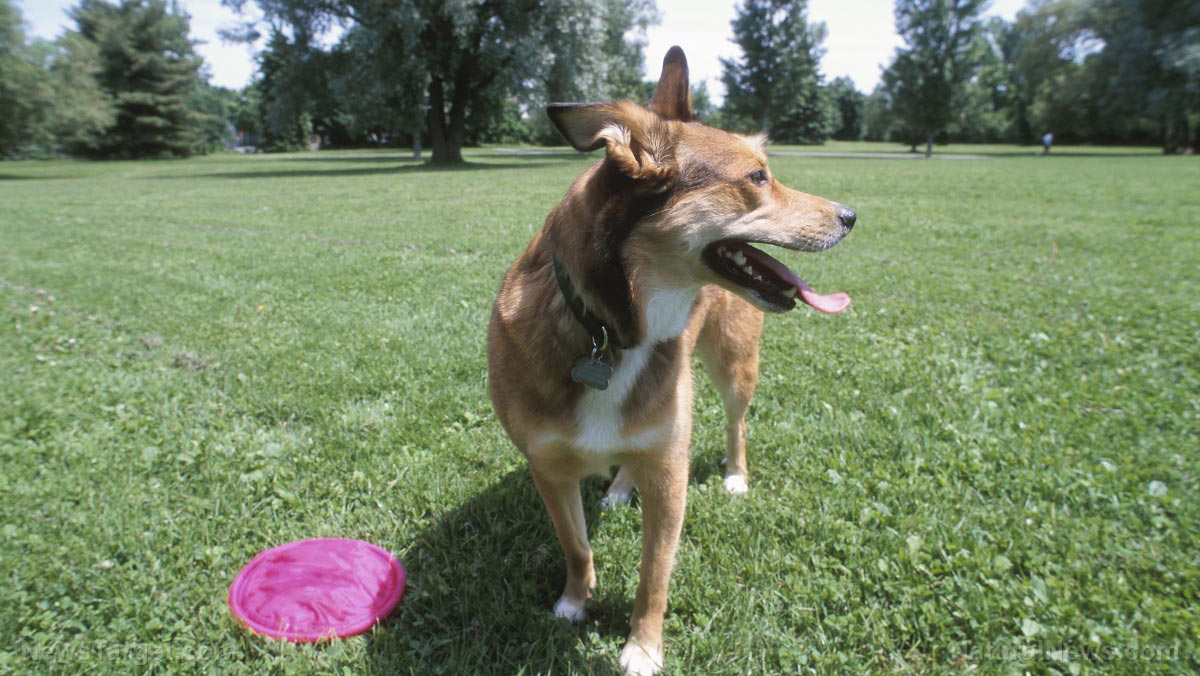On Target Laboratories, Inc. announced that the US FDA has approved an expanded indication for the use of CYTALUX in lung cancer. According to the company, CYTALUX is the first and only targeted molecular imaging agent that illuminates lung and ovarian cancer intraoperatively, enabling the detection of more cancer for removal. The new indication will provide surgeons the ability to integrate CYTALUX into their treatment plan for adult patients with known or suspected lung cancer, where it previously was only approved for adults with ovarian cancer.

The label expansion is based on safety and efficacy evidence demonstrated in the ELUCIDATE Trial, a Phase 3, multi-center, single dose, open-label trial that investigated the use of CYTALUX in patients scheduled to undergo thoracic surgery for confirmed or suspected lung cancer.
While surgery is a gold-standard treatment, up to 55% of people with lung cancer who undergo surgery with curative intent have a recurrence. During surgery for lung cancer, some lesions can be difficult for surgeons to visualize, particularly if they are small, beneath the surface of the lung, or a type of lesion called a ground glass opacity, which is becoming increasingly common as the rates of lung cancer screenings rise.
“Today’s approval of an expanded indication for CYTALUX marks an important step forward in the treatment landscape for lung cancer and for the more than 220,000 people in the U.S. who receive a lung cancer diagnosis each year,” said Chris Barys, President and Chief Executive Officer of On Target Laboratories, Inc. “We are proud to continue pioneering development of targeted intraoperative molecular imaging agents that illuminate cancers intraoperatively to enhance surgeons’ ability to see cancer in real time as they operate.”
“During the ELUCIDATE Trial, CYTALUX proved to be a valuable surgical tool with its ability to localize lung lesions that may have otherwise been missed,” said Dr. Linda Martin, Chief of Thoracic Surgery, University of Virginia School of Medicine. “CYTALUX has potential to become standard of care in thoracic surgery because of the safety and efficacy demonstrated in the trial. It is an important tool for surgeons to consider for patients.”
CYTALUX was approved in November 2021 for use in adult patients with ovarian cancer as an adjunct for intraoperative identification of malignant lesions. CYTALUX is the first targeted molecular imaging agent that illuminates ovarian and lung cancer intraoperatively, enabling the detection of more cancer for removal. CYTALUX, administered by standard IV in as little as one hour before surgery, binds to folate receptors that are overexpressed in certain cancers4,5 and illuminates intraoperatively under near-infrared light.


